After discovering a case of a mutant H5N1 bird flu virus in Vancouver, Canada, scientists are concerned that the flu virus could spread more quickly among humans.

Rod-shaped H5N1 influenza virus captured under a microscope - Photo: AFP
According to CNN, through testing, scientists discovered some mutations that could help the virus more easily penetrate the human respiratory tract.
“This is one of the first signs of this type of mutation in the H5N1 virus,” said Dr. Jesse Bloom, a virologist at the Fred Hutchinson Cancer Research Center.
Scientists have found three key mutations in the virus. Two mutations make it easier for the virus to enter human cells, and one mutation makes it more efficient at replicating in the human body. The patient initially suffered from conjunctivitis, but later developed severe pneumonia, suggesting that the virus may have adapted to the human respiratory tract.
After the discovery, doctors immediately monitored dozens of people who had close contact with the patient, including family, friends, and medical staff. However, so far, there has been no sign that the mutated virus has spread from the patient to those around him.
On the other hand, scientists say the above genetic changes are a reminder of the potential for an outbreak of disease caused by the spread of this virus.
Canadian scientists also confirmed that the H5N1 bird flu virus in the teenager's body was not the strain that spread from dairy cows in the U.S. Instead, they determined that this mutated H5N1 virus originated from wild birds such as geese in the Pacific Northwest.
To date, the US has recorded 53 cases of people infected with the H5N1 virus due to close contact with livestock, specifically dairy cows.
Although both the US and Canadian strains are H5N1, they have some differences, similar to the case of the Delta and Omicron strains of the SARS-CoV-2 virus that causes the COVID-19 pandemic.
Medical experts are still investigating the source of the child's infection because the child had no contact with wild birds in nature.
However, Dr. Jesse Bloom, a virologist at the Fred Hutchinson Cancer Research Center, warned that there are many strains of the H5N1 flu virus and they have a high mutation rate.
So if this virus is in the right conditions to evolve these mutations, it's possible that it could evolve other mutations.
Source: https://tuoitre.vn/virus-h5n1-lien-tuc-dot-bien-nguy-co-lay-lan-nhanh-o-nguoi-20241123101324701.htm


![[Photo] Nhan Dan Newspaper announces the project "Love Vietnam so much"](https://vstatic.vietnam.vn/vietnam/resource/IMAGE/2025/4/17/362f882012d3432783fc92fab1b3e980)
![[Photo] Promoting friendship, solidarity and cooperation between the armies and people of the two countries](https://vstatic.vietnam.vn/vietnam/resource/IMAGE/2025/4/17/0c4d087864f14092aed77252590b6bae)

![[Photo] National Assembly Chairman Tran Thanh Man meets with outstanding workers in the oil and gas industry](https://vstatic.vietnam.vn/vietnam/resource/IMAGE/2025/4/17/1d0de4026b75434ab34279624db7ee4a)
![[Photo] General Secretary To Lam receives French Ambassador to Vietnam Olivier Brochet](https://vstatic.vietnam.vn/vietnam/resource/IMAGE/2025/4/17/49224f0f12e84b66a73b17eb251f7278)
![[Photo] Closing of the 4th Summit of the Partnership for Green Growth and the Global Goals](https://vstatic.vietnam.vn/vietnam/resource/IMAGE/2025/4/17/c0a0df9852c84e58be0a8b939189c85a)



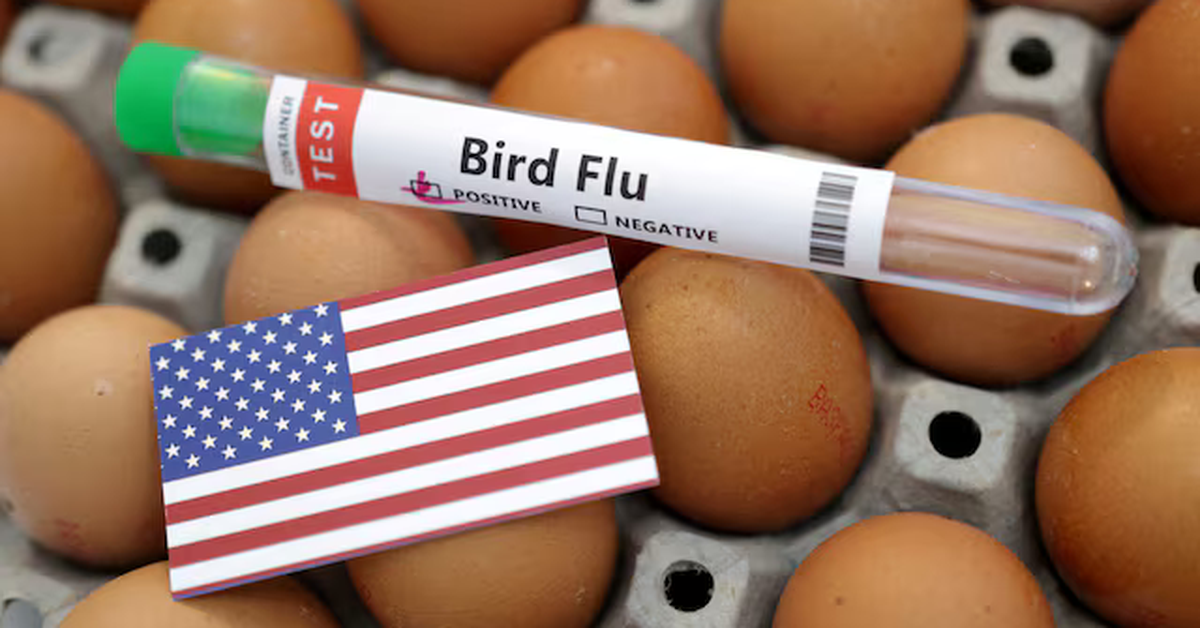


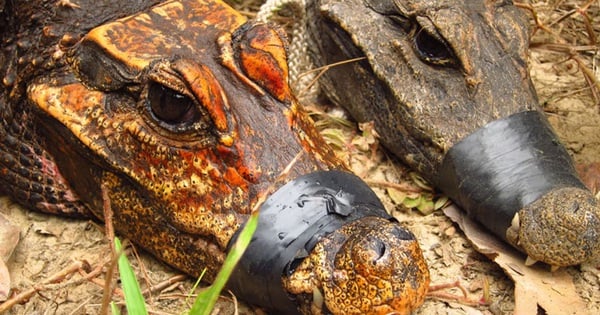

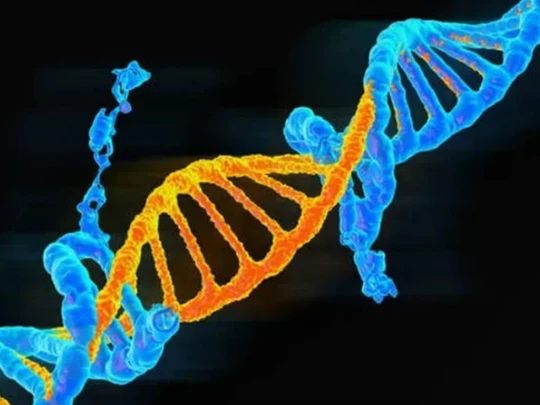



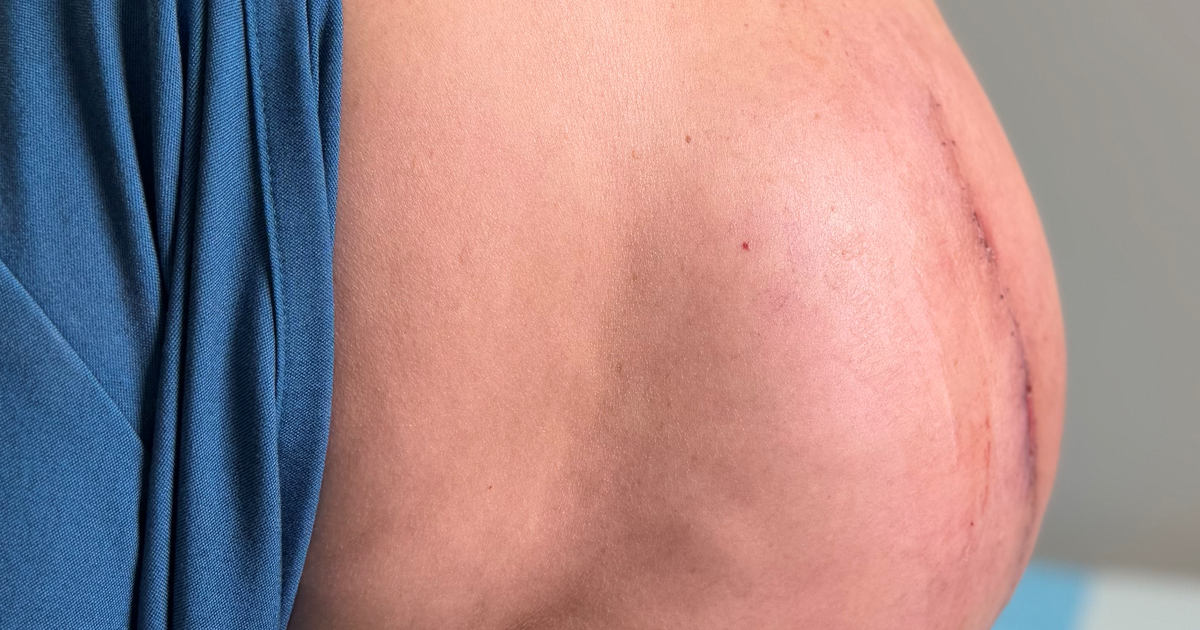













![[Photo] Welcoming ceremony for Chinese Defense Minister and delegation for friendship exchange](https://vstatic.vietnam.vn/vietnam/resource/IMAGE/2025/4/17/fadd533046594e5cacbb28de4c4d5655)



























![[Video] Viettel officially puts into operation the largest submarine optical cable line in Vietnam](https://vstatic.vietnam.vn/vietnam/resource/IMAGE/2025/4/17/f19008c6010c4a538cc422cb791ca0a1)

















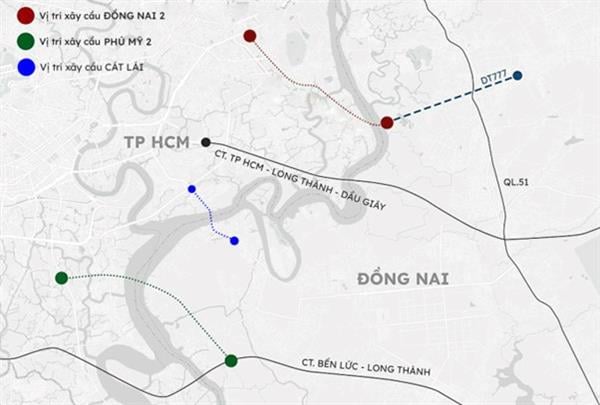














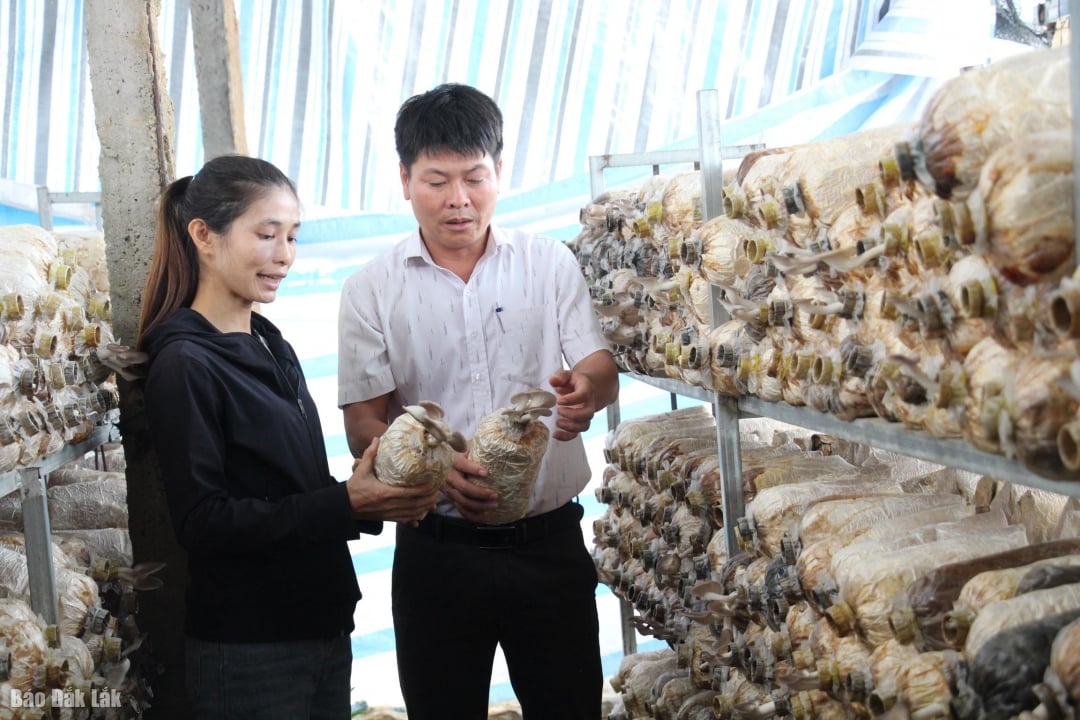






Comment (0)